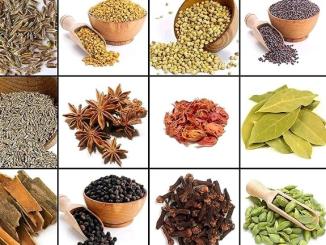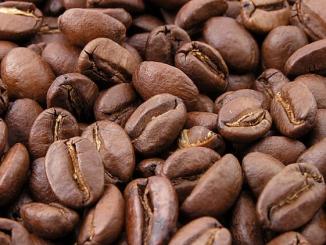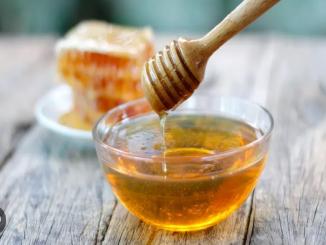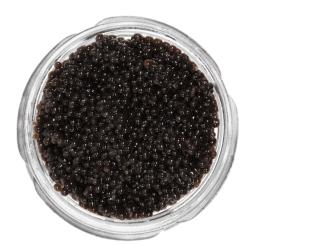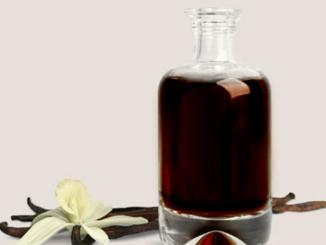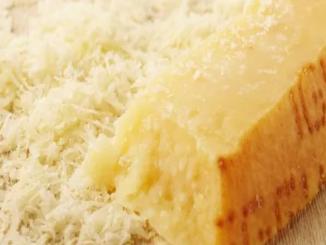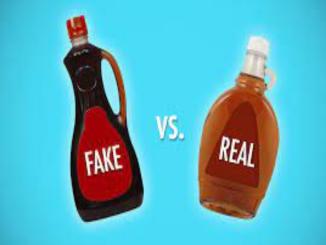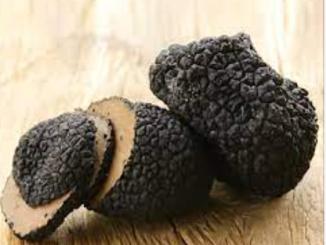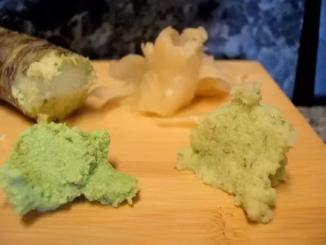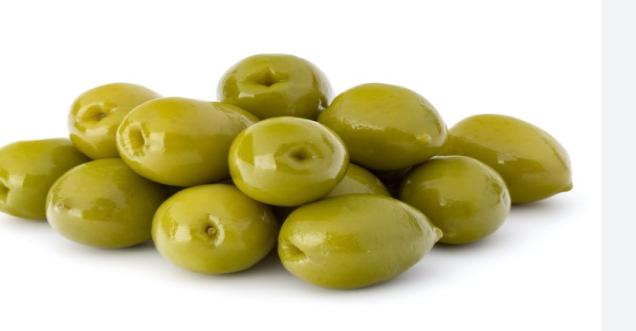
Is Olive oil the most faked food in the world?
Olive oil is a liquid fat that is extracted from olives. It is a popular ingredient in cooking and salad dressings. Olive oil is also known for its health benefits, such as its ability to lower cholesterol and reduce the risk of heart disease.
Fake olive oil is made from a variety of ingredients, including vegetable oils, canola oil, and soybean oil. It is often dyed to resemble real olive oil, and it may also be flavoured with artificial flavours. Fake olive oil is typically much cheaper than real olive oil, but it does not have the same flavor or health benefits.
There are a few ways to identify fake olive oil:
- The colour: Real olive oil is typically a light green colour. Fake olive oil may be darker in colour, and it may also have a different sheen.
- The flavour: Real olive oil has a fruity, grassy flavour. Fake olive oil may have a bland or oily flavour.
- The price: Real olive oil is expensive. If you are offered olive oil at a very low price, it is likely to be fake.
- The smoke point: Real olive oil has a high smoke point, which means that it can be used for high-heat cooking without burning. Fake olive oil may have a lower smoke point, which can make it more prone to burning.
- The fatty acid profile: Real olive oil is high in oleic acid, which is a monounsaturated fatty acid. Fake olive oil may have a different fatty acid profile.
If you are not sure whether or not the olive oil you are buying is real, it is best to avoid it. There are many other delicious and affordable olive oil alternatives available.
Here are some of the most common ingredients used to make fake olive oil:
- Vegetable oil: Vegetable oil is the most common ingredient used to make fake olive oil. It is a cheap and versatile oil that can be easily dyed to resemble real olive oil.
- Canola oil: Canola oil is another common ingredient used to make fake olive oil. It is a low-fat oil that is often used in salad dressings and other food products.
- Soybean oil: Soybean oil is a high-protein oil that is often used in cooking and baking. It is also a common ingredient in fake olive oil.
Fake olive oil is often sold in jars or tins that are labelled as "olive oil" or "extra virgin olive oil." However, it is essential to read the label carefully to make sure that the product is actually real olive oil. If the label does not specify that the product is real olive oil, then it is likely to be fake.
It is also important to be aware of the price of olive oil. Real olive oil is expensive, so if you are offered olive oil at a very low price, it is likely to be fake.
If you are not sure whether or not the olive oil you are buying is real, you can do a few things:
- Buy olive oil from a reputable source. This could be a speciality food store, a grocery store with a good olive oil selection, or an online retailer that sells olive oil from a trusted supplier.
- Look for olive oil that is labelled as "extra virgin olive oil." Extra virgin olive oil is the highest quality of olive oil, and it is made from the first pressing of olives.
- Avoid olive oil that is labelled as "light" or "pure." These terms are often used to describe olive oil that has been processed and refined, which can reduce its flavour and health benefits.
- If you are unsure whether or not the olive oil you are buying is real, you can do a simple test at home. Add a few drops of olive oil to a piece of bread. If the olive oil is natural, it will coat the bread and leave a fruity flavour. If the olive oil is fake, it will not coat the bread and it will have a bland flavour.





